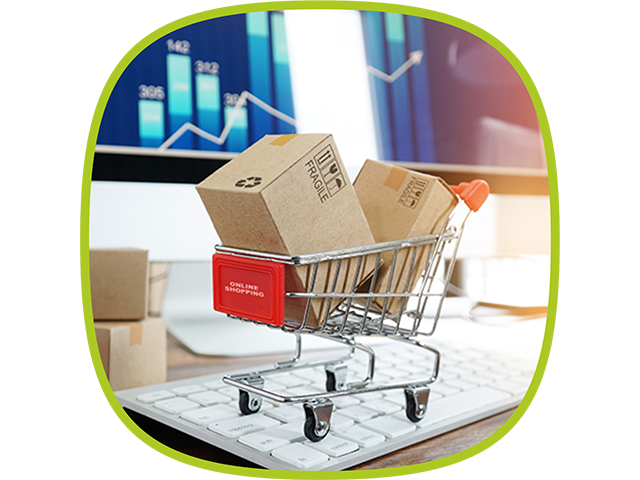With the growing importance of e-commerce and the associated shift of buying preferences to online shops and digital marketplaces, “digital payments” such as credit and debit card payments, Paypal, Applepay, Amazonpay and co. are becoming increasingly significant - for both the sales and procurement departments. In addition to incoming payments, this also includes outgoing payments in the C2B area and increasingly also the B2B area. “Payment experience” and “conversion rate” are the new selection criteria.
With digital payment methods, specialised payment service providers are entering the market with new processing and account systems and often new technologies. New possibilities for pre- and interim financing are emerging: - “Buy now pay later” (BNPL), for example, is becoming an interesting, integrated function in the payment process.
With Open Banking APIs, Instant Payments or Request to Pay, the banks also offer innovative options for processing “digital payments” via traditional bank accounts.
To-Dos for Treasurers
It is essential to ensure that treasury is involved in the planning of any key changes to the corporate’s payments and accounting processes. This must be realized at the latest when it comes to the question of integrating the professional, technical and organisational integration of the new partners and payment instruments.
The treasury will need to monitor and manage the incoming and outgoing liquidity flows, including any changes in payments handling across all accounts, regardless of which provider and payment types are involved. New accounts for digital payments are accessed via new technical interfaces, often APIs. Since the data exchanged via these interfaces does not match the formats already in use, a separate step is needed to prepare the data for automatic forwarding for booking in the ERP and treasury systems.
In future, the treasurer will also act as an expert for digital payments and as a partner for the internal specialist and IT departments. In addition, treasury will play a key role in selecting external solutions and ensuring these are technically integrated and connected seamlessly to the accounting and treasury systems. As the administrator of the corporate’s accounts and the related signature rights, the treasury is responsible for both the accounts at banks and those at payment service providers. A holistic approach is needed to implementing compliance requirements, including a critical evaluation of which employees should be authorised to access Paypal and co. Usually, assessing and agreeing cost and fee structures with partners and service providers is a role assigned to the treasury. One decisive factor in selecting a suitable payment process is the fee model. With payment providers these cannot always be freely negotiated as with banks due to regulatory requirements and regional variations.
Ideally, the treasurer will be able to work with a flexibly configurable digital ecosystem for the orchestration of all payment flows and stakeholders. This will be connected to the various technical interfaces, handle the preparation, processing and analysis of the operational data flows, and also guarantee that compliance requirements are fulfilled.
Translation of „Zahlungsverkehr im Wandel“ in „Der Treasurer Printausgabe 4-2022“

